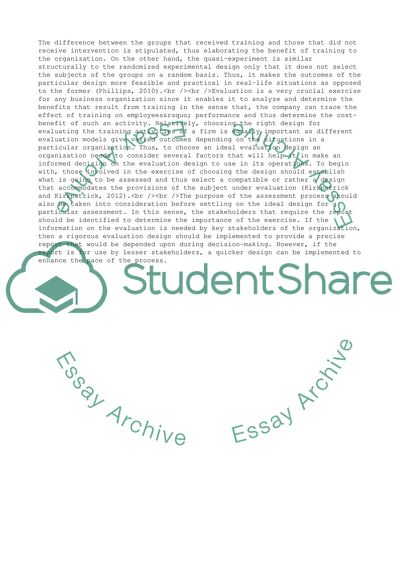Cite this document
(The Quasi-Experiment Design for Organizational Evaluation Essay Example | Topics and Well Written Essays - 1500 words, n.d.)
The Quasi-Experiment Design for Organizational Evaluation Essay Example | Topics and Well Written Essays - 1500 words. https://studentshare.org/management/1877489-evaluation-design
The Quasi-Experiment Design for Organizational Evaluation Essay Example | Topics and Well Written Essays - 1500 words. https://studentshare.org/management/1877489-evaluation-design
(The Quasi-Experiment Design for Organizational Evaluation Essay Example | Topics and Well Written Essays - 1500 Words)
The Quasi-Experiment Design for Organizational Evaluation Essay Example | Topics and Well Written Essays - 1500 Words. https://studentshare.org/management/1877489-evaluation-design.
The Quasi-Experiment Design for Organizational Evaluation Essay Example | Topics and Well Written Essays - 1500 Words. https://studentshare.org/management/1877489-evaluation-design.
“The Quasi-Experiment Design for Organizational Evaluation Essay Example | Topics and Well Written Essays - 1500 Words”. https://studentshare.org/management/1877489-evaluation-design.


